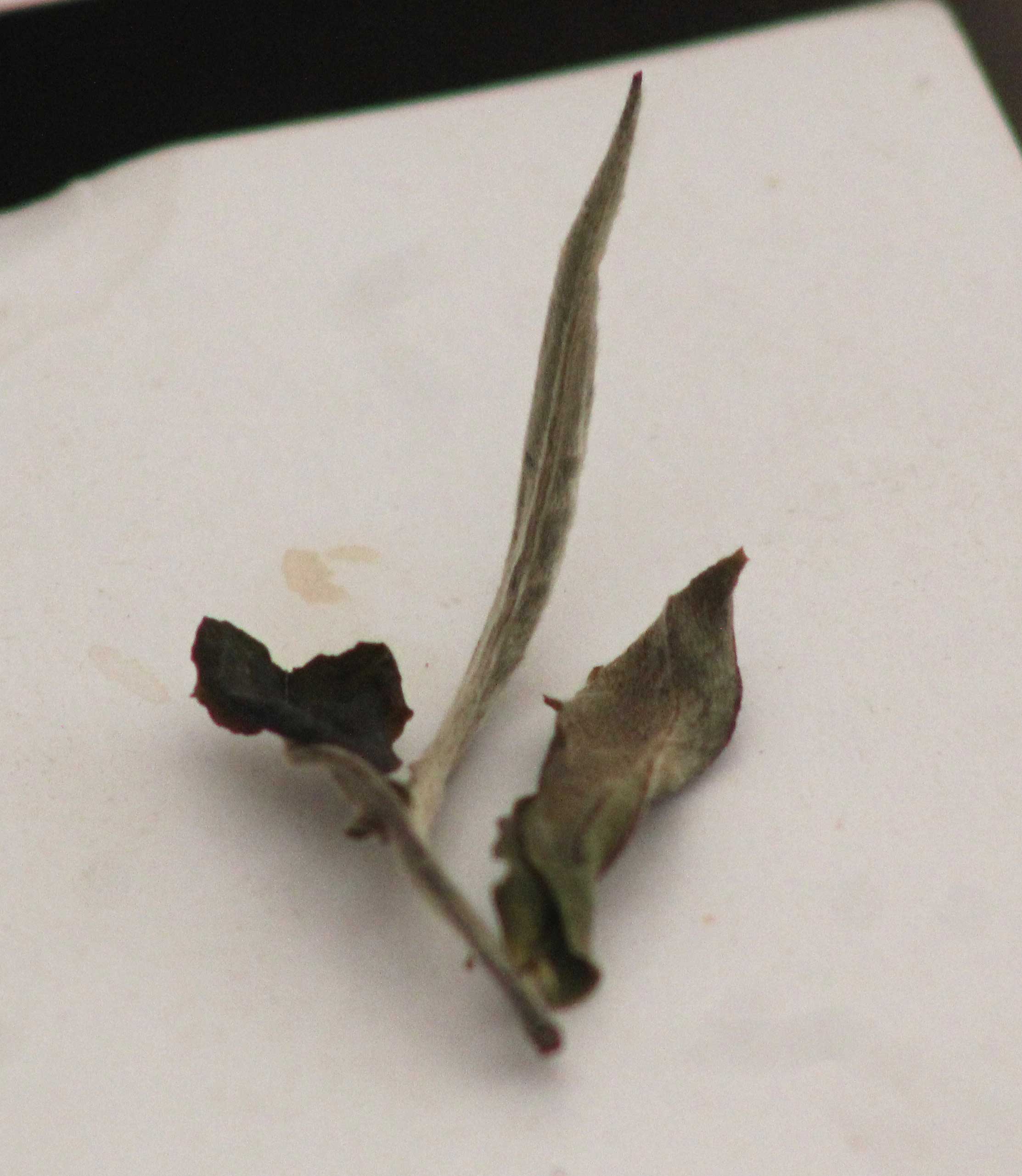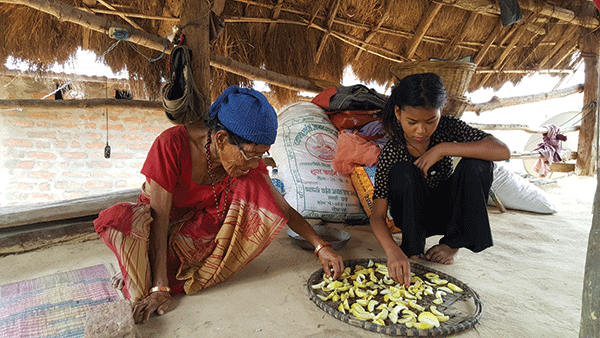Joining the other foreign journos covering the Maharishi’s recent cremation story, I was seated at Assi Ghat observing the flotilla of gora sahibs serenely sailing down the Ganga back from having scattered and immersed the ashes of the late Maharishi Mahesh Yogi at Allahabad. The sun was descending over what is arguably the oldest city in the world—”older than history itself” as Mark Twain once quipped. The Hindu bathing and cremation rituals and chants of “Jai Mahadev”, and now “Maharishi ki Jai!”, have been still pretty much the same as they have been for thousands of years. But, aside from the smoldering ashes of burning bodies on the smoky ghats where the deceased are said to be released from the cycle of rebirth, there was a different smoke emanating from another, nearer fire... from an oven catering to patrons of the ghatside Vaatika Café, where I was nursing a latte with a slice of warm apple pie.
A jabbering Indian journo, cellphone glued to his ear while sipping a Coke, paused for a minute as the waiter brought a wood-fired pizza fresh from the oven. He was describing the enfolding scene of white-robed foreigners on the ghat steps below, looking uncomfortable in their new Indian dress draped like Roman togas. Some of the higher ranking Maharishi disciples dubbed ‘Rajas’, who would inherit the multi- million dollar Transcendental Meditation (TM) movement empire, sported golden crowns resplendently reflecting the setting sunrays. From the Vaatika, with the best view of the three-ringed circus of Assi Ghat, I also observed (aside from the white spiritual wannabes) ash-smeared sadhus, acrobatic child-beggars, and throngs of dancing, clanging bhang-intoxicated schoolboys smeared with red powder incongruously bearing idols of Saraswati, the Goddess of Learning, for immersion in the Ganga after Saraswati Puja, heralding the start of spring.
While most attention was on the passing of one great yogi and the Saraswati revelers, few noticed that about 200 meters downstream from Assi Ghat a small sign invited passersby to visit and see the ‘Bhoo Tapasya’ of one young Nepali yoga student who was voluntarily descending a nine-foot deep pit to fast and meditate underground. By the time I found it, off an obscure back galli, cow-plopped and urine scented, beside Ravidass Park, it was as if I was late for a funeral. The earth was already being shoveled onto a corrugated tin roofing flush with the ground, and marigolds and rose petals were being tossed onto the earth, amidst the chanting of ”Jaya Mahadev!” Two TV journalists had already packed up their equipment and some curious onlookers—scruffy neighborhood boys with a cricket bat, a buffalo herder and a couple of Nepali students from Benaras Hindu University—were still lingering, before moving on. The passing couples out for a Valentine’s Day eve stroll in the adjacent, well-manicured Ravidass Park gardens, didn’t seem to notice or care what was going on below them.
I recognized two Nepali yoga students, Praam (21 year old Pramod Joshi) and Nram (20 year old Bimal Paudel whom I knew as a former café waiter in Thamel) in their signature purple attire standing beside a poster of their gurudev. I was sharing a room with them at Pilgrims Book House in Durga Kund. Pilgrims Books waspublishing the book Manokranti Yoga written by their guru, Dr. Yogi Vikashananda. The third yoga student, Uttam Dahal (27) was the one buried underground. Someone jokingly asked if he brought his mobile with him. He hadn’t, but like a Jewish mother I was worried what he could do should an emergency arise. After all, he only had two liters of drinking water with him and no food for the protracted nine-day tapasya in a dark hole. Although there was a tent above where the other students would stay at night, there was not even a bell for the underground yogi to ring for help.
As it turned out, my worries were short-lived. After the evening news was broadcast, Pilgrims Book House got a call that the police had arrested the Nepali yogi students and unceremoniously exhumed the would-be tapasvi. Apparently, the naive youths had not done their homework and had failed to secure the required permit for their tapasya stunt. So, they were arrested and then released, back in time for their evening dal-bhat and to sleep in a warm bed.
The next morning after their breakfast of curried Maggi noodles with lots of added garlic (which accounted for their body odor), I spoke with the 27 year-old tapasvi, Uttam Dahal, who comes from Bhaktapur. He said the worst part of the ordeal underground was the mosquitoes. He vowed next time to bring a net. He said they would try again after a week, with the proper permit. Some say the impending visit of the Chief Minister of Uttar Pradesh may have prompted the police to make sure nothing untoward and potentially embarrassing took place.
When he showed me the Manokranti movement brochure with its red logo resembling a mosquito coil with a tail, I immediately recognized it from countless graffiti found on walls all over Kathmandu. The barefooted Dahal, who goes by the spiritual name of Sadhak Shree Praam, enthusiastically explained like a born-again convert to a new cult, that “ninety-nine percent of the population is lost in the maze of the coil, but few [presumably including those in the Manokranti movement] are on the straight and narrow path leading out of it.”
According to the brochure, the Manokranti movement offers an array of spiritual services ranging from Reiki, ‘Super Learning’ and laughter therapy—although I rarely saw them laugh; but for yogis, they did talk a lot. The Manokranti movement’s slogan is ‘Let’s change ourselves to change the world’, and Dahal said that he went underground “to control my senses [apparently easier underground] and to gain spiritual power.” Like the Transcendental Meditation movement, Manokranti also purports to be “a confluence of science, spiritualism and politics.” Their headquarters is in the Kathmandu Valley at Godavari, and I was told that they have about one hundred followers there, all Nepalese, taking a five year training course. Unlike the Maharishi’s followers, there are no foreigners; hence, little financial support. All the programs are funded by voluntary donations and the group plans to perform underground tapasya in various Indian cities. They’ve already visited Delhi and Hardwar to drum up publicity.
Aside from their purpled attire (which had nothing to do with Valentine’s Day) there seemed little that was special about these so-called yogis—no charisma or drive like the ‘Little Buddha’ tapasvi from Nepal’s Bara District, and perhaps they are not quite as media savvy. Just three more lost innocent Nepalis escaping the humdrum of village life, I mused, as I took another bite of my apple pie while watching the flickering lamps floating on the dark waters of Ma Ganga. But then again, wasn’t I here because I, too, wanted to escape the humdrum of American suburbia and consumerism that has now invaded Varanasi, with McDonalds and Pizza Hut? And what about the opulent TM followers with their robes and crowns? What was their motivation, I wondered. As I left the Vaatika, some disappointed French tourists were turned away in chagrin after they were told that they could not bring beer into the café to drink with their pizza. After all, the management announced, “This is a holy place.”
Some lesser-known vegetable dishes from the southern plains
I’m not a vegetarian but I love vegetables. And whenever I get to the southern plains of Nepal, I try...









